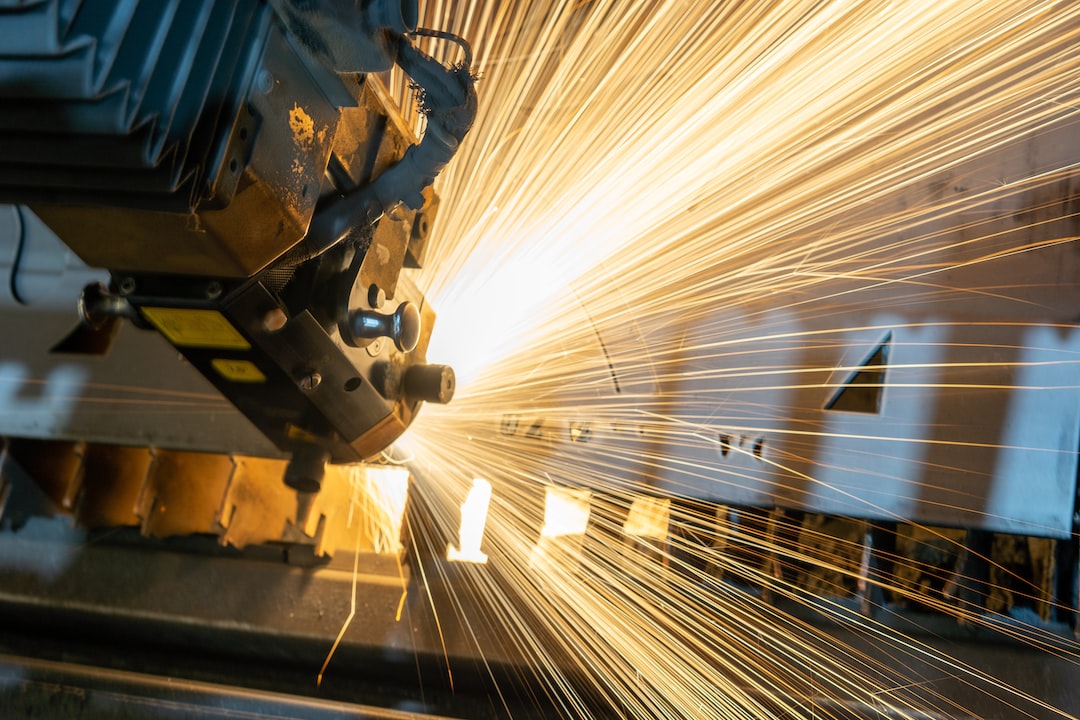Sustainable Manufacturing: A Path to a Greener Future
As the world continues to grapple with environmental challenges such as climate change and resource depletion, the need for sustainable practices in all sectors of the economy becomes increasingly urgent. One crucial area where sustainability can make a significant impact is manufacturing. The production of goods has historically been associated with high energy consumption, waste generation, and pollution. However, the concept of sustainable manufacturing offers a way forward, combining technological advancements, resource efficiency, and environmental responsibility to create a greener future.
Sustainable manufacturing, often referred to as green manufacturing or eco-friendly manufacturing, is a philosophy that aims to minimize the environmental impact of manufacturing processes while maximizing resource efficiency and product value. It encompasses various strategies and practices that can be adopted by companies to reduce their carbon footprint and create a more sustainable future.
One of the key strategies employed in sustainable manufacturing is the adoption of cleaner and more energy-efficient technologies. This includes the use of renewable energy sources such as solar or wind power to replace fossil fuel-based energy. By transitioning to clean energy sources, manufacturing companies can significantly reduce their greenhouse gas emissions and contribute to the global fight against climate change. Furthermore, the use of energy-efficient technologies and equipment can also help in conserving resources and reducing operating costs.
Another critical aspect of sustainable manufacturing is the concept of circular economy. Instead of following a linear production model where resources are extracted, used once, and then disposed of as waste, the circular economy promotes a closed-loop system. This means that materials are continuously reused, recycled, or repurposed, minimising waste and maximizing resource efficiency. By designing products for durability, repairability, and recyclability, manufacturers can create a more sustainable and circular approach to production.
Furthermore, sustainable manufacturing also includes waste elimination and pollution prevention. By implementing proper waste management practices, such as recycling or reusing waste materials, manufacturers can significantly reduce their environmental impact. This not only reduces the amount of waste sent to landfills but also saves energy that would otherwise be required to produce new materials. Additionally, pollution prevention measures, such as the use of advanced filtration systems or the substitution of hazardous chemicals with safer alternatives, can help protect both human health and the environment.
The concept of sustainable manufacturing goes beyond just reducing environmental impact; it also encompasses social and economic dimensions. For instance, adopting sustainable practices can create new business opportunities and foster innovation. Companies that commit to sustainable manufacturing can develop a competitive advantage by meeting the growing demand for eco-friendly products and services. Moreover, by investing in the well-being of their employees and local communities, manufacturers can contribute to the social development and improve stakeholder relations.
In order to achieve sustainable manufacturing on a broader scale, collaboration and partnerships among manufacturers, governments, and civil society are essential. Governments play a crucial role in shaping policies and providing the necessary incentives, regulations, and support. They can encourage sustainable manufacturing practices through tax incentives, grants, or subsidies for companies that adopt environmentally friendly technologies or approaches. Collaboration with civil society organizations and academia can also leverage expertise to drive innovation and advancements in sustainable manufacturing.
In conclusion, sustainable manufacturing offers a path to a greener future by minimizing the environmental impact of manufacturing processes while maximizing resource efficiency and product value. By adopting cleaner technologies, embracing circular economy principles, and focusing on waste elimination and pollution prevention, manufacturers can reduce their carbon footprint and contribute to combating climate change and resource depletion. Moreover, sustainable manufacturing has the potential to create new business opportunities and drive social and economic development. However, achieving these goals requires collaboration and partnerships among manufacturers, governments, and civil society. Only through joint efforts can we build a sustainable manufacturing sector that paves the way for a greener future.
